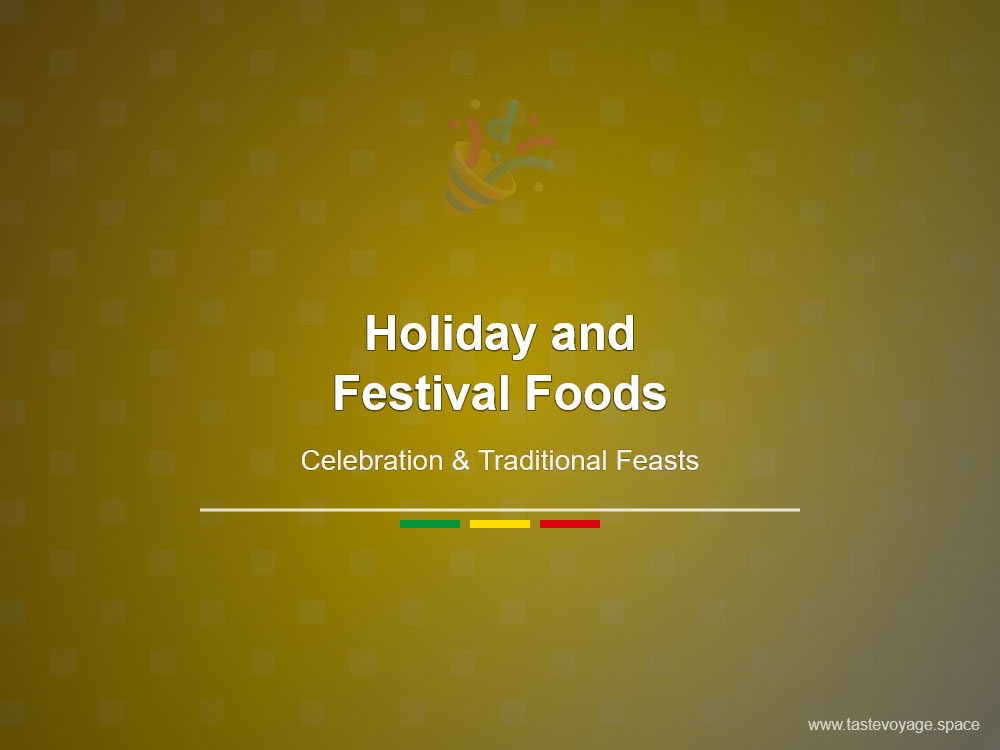Ultimate Ethiopian Wedding Food Guide | Traditions & Tastes
Travel the World Through Food >> Ethiopian Cuisine>>Holiday and Festival Foods>> Ultimate Ethiopian Wedding Food Guide | Traditions & Tastes
Ultimate Ethiopian Wedding Food Guide | Traditions & Tastes
Ethiopian Wedding Party Food Guide
Ethiopian Cuisine is a vibrant tapestry of flavors, colors, and traditions. Among its most celebrated culinary expressions are the dishes served at wedding parties, which hold deep cultural and social significance. These special foods symbolize unity, celebration, and the rich heritage of Ethiopia. This guide offers an insight into the culinary splendor of Ethiopian wedding festivities, highlighting the cultural importance of these dishes.
The Heart of Ethiopian Wedding Cuisine
At the core of Ethiopian wedding celebrations are communal meals that bring families and friends together. These gatherings are not only about nourishment but also serve as a testament to harmony and social cohesion. The dishes prepared reflect Ethiopia’s diverse landscape and history, blending influences from various regions to create a unique culinary identity. Sharing food during a wedding embodies the spirit of togetherness and joy, making each dish a meaningful part of the ceremony.
Traditional Dishes and Their Cultural Significance
Ethiopian wedding food features an array of dishes that are both flavorful and symbolic. Injera, a spongy flatbread made from teff flour, is the centerpiece of most meals. Its tangy taste and distinctive texture serve as a base for numerous Stews and salads. Injera not only facilitates eating but also represents unity and community, as it is often shared among guests.
Wats, or slow-cooked stews, are another staple. These dishes, often made with beef, chicken, lamb, or legumes, are rich in spices and symbolize abundance and prosperity. They are typically served in large communal dishes, emphasizing the importance of sharing and collective participation.
Vegetarian dishes, such as misir wat (spiced lentil stew) and shiro (chickpea or broad bean puree), are also prevalent. These dishes highlight Ethiopia’s diverse agricultural practices and the cultural value placed on vegetarianism, especially during certain times of religious observance.
The Role of Spices and Flavors
Ethiopian wedding foods are distinguished by their bold flavors. Berbere, a complex spice blend, imparts a distinctive heat and aroma to many dishes. Niter kibbeh, a seasoned clarified butter, adds depth and richness. These ingredients reflect Ethiopia’s rich spice trade history and culinary ingenuity. The careful combination of spices and ingredients creates a harmonious balance that delights the palate and honors centuries of culinary tradition.
The Cultural Experience of the Feast
Ethiopian wedding meals are more than just about taste—they are a vivid display of cultural storytelling. The colorful presentation, the communal sharing of injera, and the ceremonial serving of dishes all contribute to a memorable experience. Guests often gather around large platters, symbolizing unity and collective celebration. The act of sharing food underscores values of community, respect, and mutual joy, vital aspects of Ethiopian social fabric.
Conclusion
Ethiopian wedding party food beautifully encapsulates the country’s rich cultural heritage and culinary artistry. from the iconic injera to the aromatic stews and vibrant spices, each dish tells a story of tradition, community, and celebration. Exploring these foods offers a window into the soul of Ethiopia, where food is a powerful symbol of unity and joy. Whether you are a culinary enthusiast or a curious traveler, understanding the significance of Ethiopian wedding dishes enhances appreciation for this remarkable cuisine and its enduring cultural legacy.
